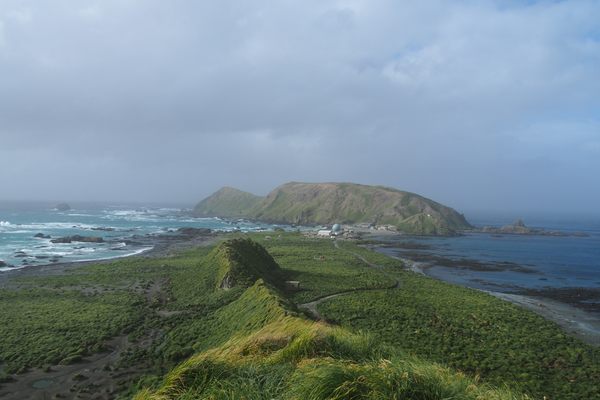About
In 2007, scientists discovered some of the oldest segments of the earth’s crust on an island off the coast of Greenland. The rocks they discovered are at least 3.8 billion years old.
Although very old, scientists had previously found older rocks still--the oldest, in fact. They are 4.28 billion years old, making them 250 million years more ancient than any previously discovered rocks.
In 2001, geologists found an expanse of bedrock, known as the Nuvvuagittuq greenstone belt, exposed on the eastern shore of Hudson Bay in northern Quebec.Earth formed about 4.6 billion years ago from a disk of gas and dust circling the sun. Remnants of crust from Earth's infancy are hard to come by because most of that material has been recycled into Earth's interior several times by the plate tectonics that continues to shape our planet's surface.
As if the crust’s age weren’t enough to make this find it significant, there’s more. The find is an ophiolite, a rock created when one tectonic plate is forced underneath the other. Essentially, one bit of an oceanic or continental plate is shaved off onto the other, forming a layered rock. Ophiolites are important signs of plate tectonics and the 3.8 billion-year-old rock signals that plate tectonics may have been moving around the Earth’s surface for more than a billion years longer than scientists originally hypothesized.
This chunk of rock was found in what scientists call an island arc environment, consisting of a row of volcanoes near the spots where tectonic plates are converging. These arcs are formed when water released from a subducted plate melts the rocks above and causes magma to punch through the crust above.
For the record, this ophiolite is merely the largest chunk of such rock ever discovered. Small, 4.4 billion-year-old chunks of zircon have been found within other rocks before now.
Related Tags
Published
June 14, 2012






















